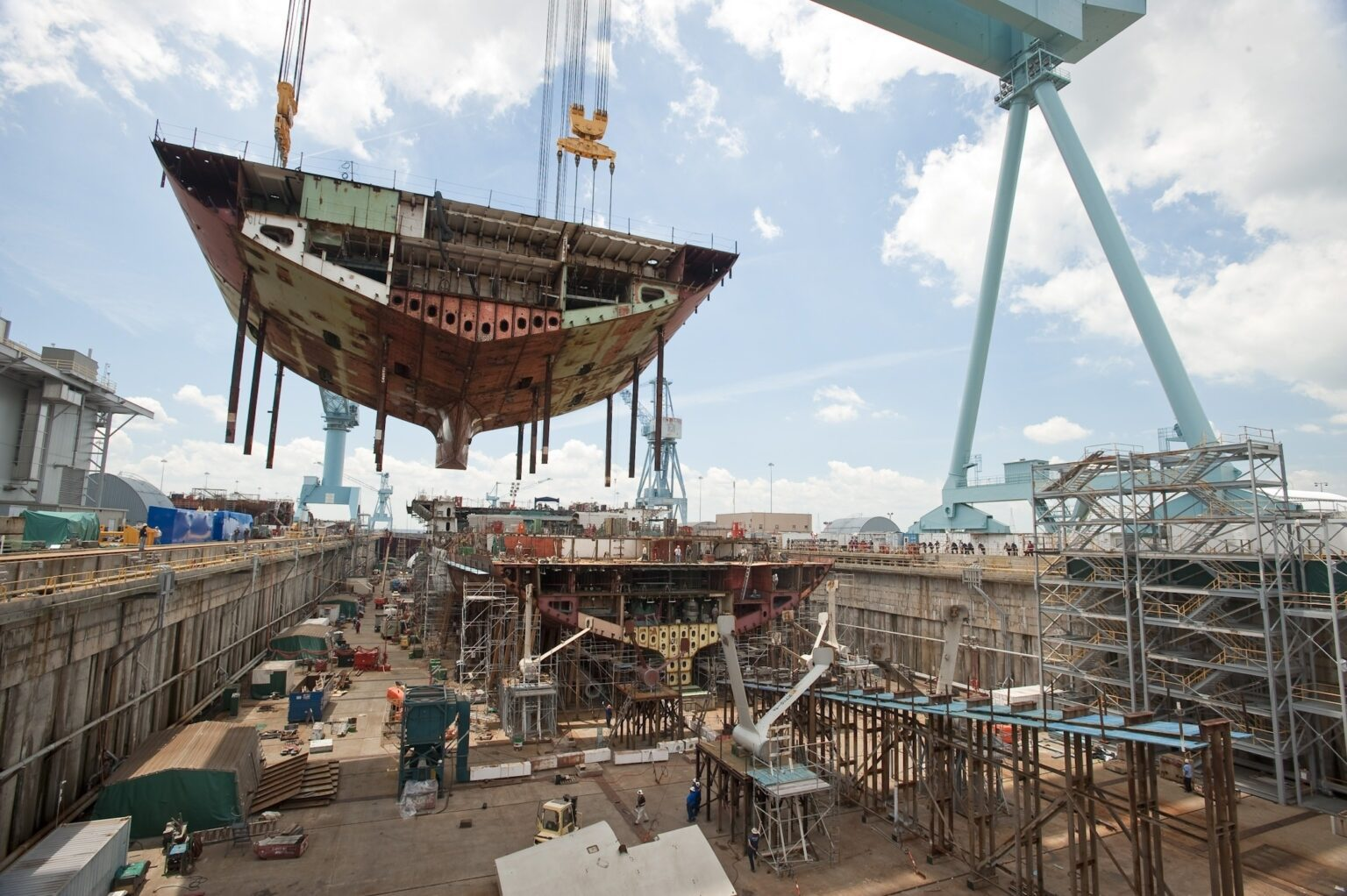Reuters reports that the Trump administration’s plan to revitalize the U.S. shipbuilding industry by proposing additional port fees on Chinese ships could ultimately weaken the competitiveness of U.S. oil and natural gas and severely disrupt global energy markets.

At the end of February, the U.S. Trade Representative’s Office (USTR) announced proposed restrictive measures against China in the maritime, logistics, and shipbuilding sectors, including: a port fee of up to $1.5 million on Chinese-built ships entering U.S. ports; and port fees of up to $1 million on fleets that have ordered new Chinese ships and on non-Chinese fleets that have Chinese-built ships, respectively.
Organizations such as the United Steelworkers (USW) and the Alliance for American Manufacturing (AAM) strongly support the proposal, with the latter stating that “the proposal will help restore U.S. economic security, counter China’s unfair trade practices, and revitalize the U.S. shipbuilding industry.”
However, the reaction of the fossil fuel industry, which is the largest energy exporting segment of the United States, has been diametrically opposed. This is because high port charges on the entry of Chinese ships will increase the cost of transportation of United States fuels, thereby undermining the competitiveness of the United States as the world’s largest producer of oil and natural gas.
The American Petroleum Institute, which represents U.S. producers and refiners, said the proposal would “undermine President Trump’s ‘energy dominance’ agenda” and warned that it would also discourage exports of oil and liquefied natural gas, as well as imports of crude oil and refined products.
According to BRS Shipbrokers, the proposal would significantly reduce the number of vessels available to U.S. exporters and importers, given that about one-fifth of the world’s fleet of about 7,000 tankers is made in China. The rest of the tanker fleet, however, is overwhelmingly built by Japan and South Korea.
And this challenge will only grow in the future, as Chinese shipbuilders have been commissioned to build more than 60% of the future global tanker fleet. According to BRS, this is up from 57% and 53% in 2023 and 2022, respectively, and this figure is expected to rise in the coming years.
By comparison, the last time a U.S. shipbuilder took an order was in 2022, and the most recent delivery was even further back in 2017. The Trump administration may argue that this huge imbalance is precisely why they seek to impose these punitive measures. But rebuilding the U.S. shipbuilding industry will take years to take shape, and it remains uncertain whether it will be able to compete with Asian shipbuilders.
If the policy is implemented, the oil market will obviously recalibrate, but Trump may not be happy with the results. Freight rates for non-Chinese ships would rise, causing U.S. exporters to lower the price of crude oil and refined products to remain competitive, putting pressure on their profit margins, and ultimately potentially leading to a reduction in U.S. domestic oil production – the exact opposite of the administration’s goal of “energy dominance”. This is the opposite of the administration’s goal of “energy dominance.
The measure will also create an inefficient three-tier tanker market. Chinese and non-Chinese fleets will operate in a cut-throat parallel market, alongside an already thriving “shadow fleet” (which mainly transports Russian and Iranian oil) to circumvent U.S. and European sanctions.
On the surface, therefore, these proposed penalties make little sense. Why would the Trump administration take steps that could severely hamper the development of the country’s most important export sector? This is particularly puzzling given the key role that U.S. “energy dominance” plays in its agenda.
But if Trump’s primary goal is to rebalance U.S.-China trade by rebuilding U.S.-based manufacturing, then he may see any temporary pain as a price worth paying. It’s also possible that the executive order is simply a negotiating chip for the Trump administration to try to extract concessions from the Chinese government.
But in any case, these threats have also already had a negative impact on the U.S. energy sector. Some shipowners and charterers have begun to avoid sailing Chinese-built ships to U.S. ports for fear that the U.S. President’s surprise announcement could expose them to large fines. There are also some early signs that the proposal has already led to an increase in tanker freight rates along the U.S. Gulf Coast.
Thus, even if the program had never been implemented, the threat to Chinese shipping would have remained, which would likely have introduced new complexities into the energy market that would have benefited almost no one.


